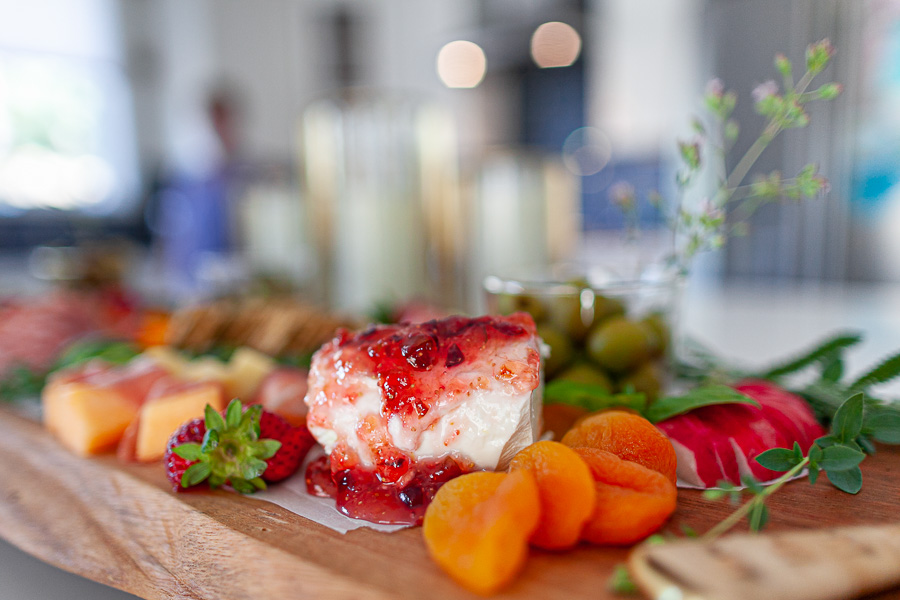Once you have decided to add fig jam to your charcuterie board you may be wondering what goes well with fig jam. Figs are typically a sweet fruit and fig jam is a sweeter type of spread. Having said that, it’s a great addition to a charcuterie board. We’ll give you some ideas of what to serve with it and why these foods work well.
What Cheese Goes with Fig Jam?
Many cheeses are great to pair with different fruits and jams. Fig jam is a wonderful spread because you can pair it with a variety of cheeses.
1. Parmigiano Also Known As Parmesan
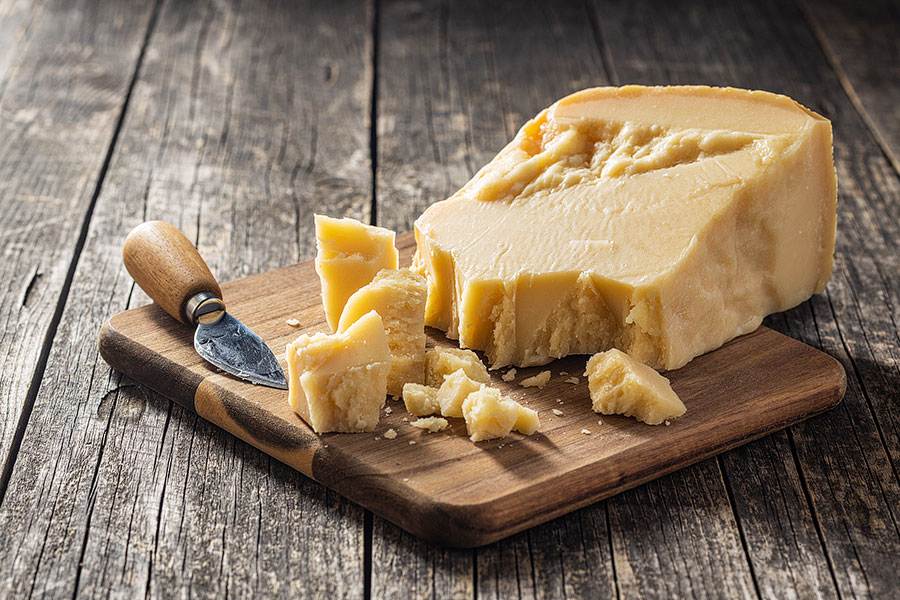
A lovely cow’s milk cheese made in Italy and aged at least 12 months. Parmesan is a hard cheese and has as a nutty and slightly salty flavor. During the aging process the salt crystals become more evident. This is why older parmesan cheese taste better. Parmesan also pairs well with red sauces, most Italian food and most wine.
2. Brie Cheese
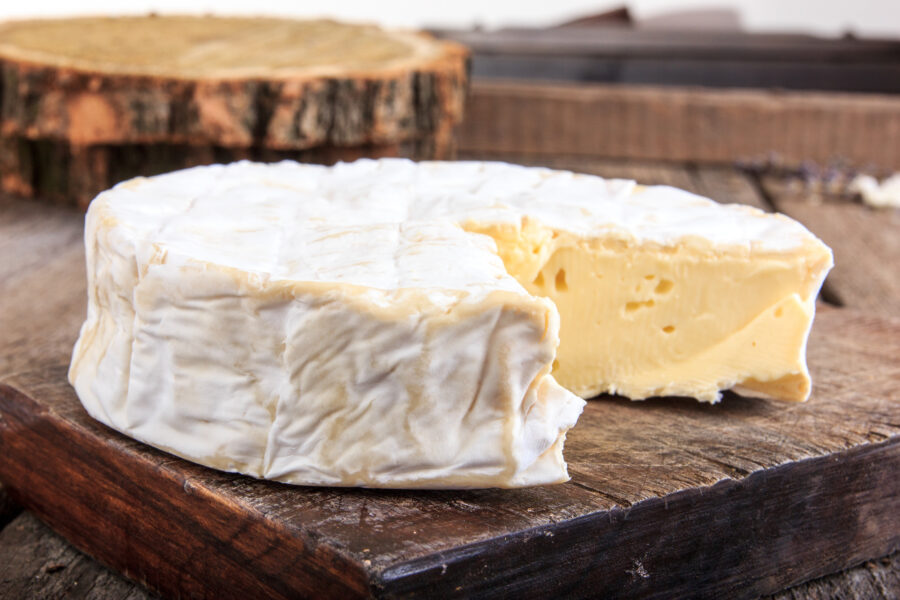
3. Aged Cheddar Cheese
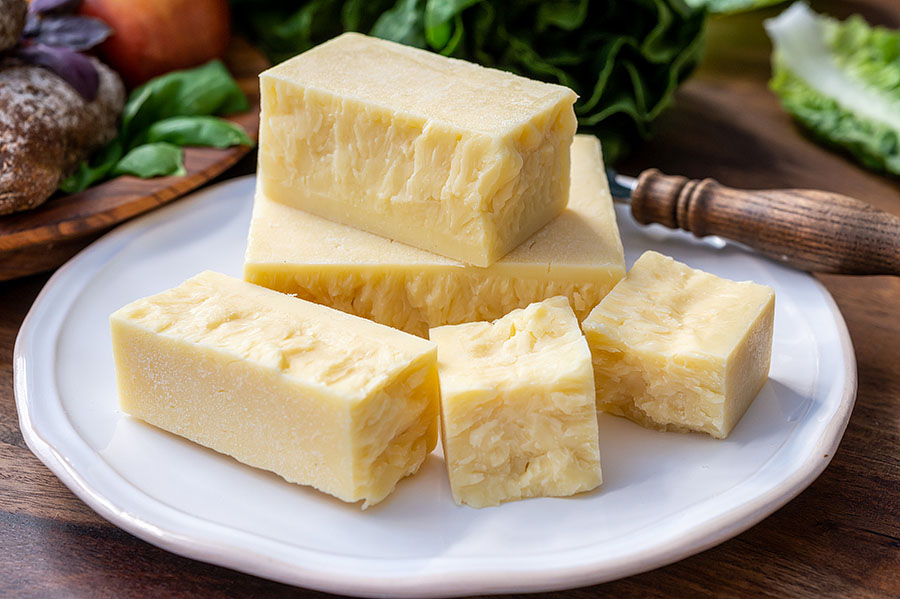
Aged cheddar cheese is a pasteurized grass-fed cow’s milk cheese. This cheese is aged for one year and undergoes a stringent grading process. Only the best can be labeled aged cheddar. Even though both are strong flavors, they compliment each other well.
4. Goat Cheese
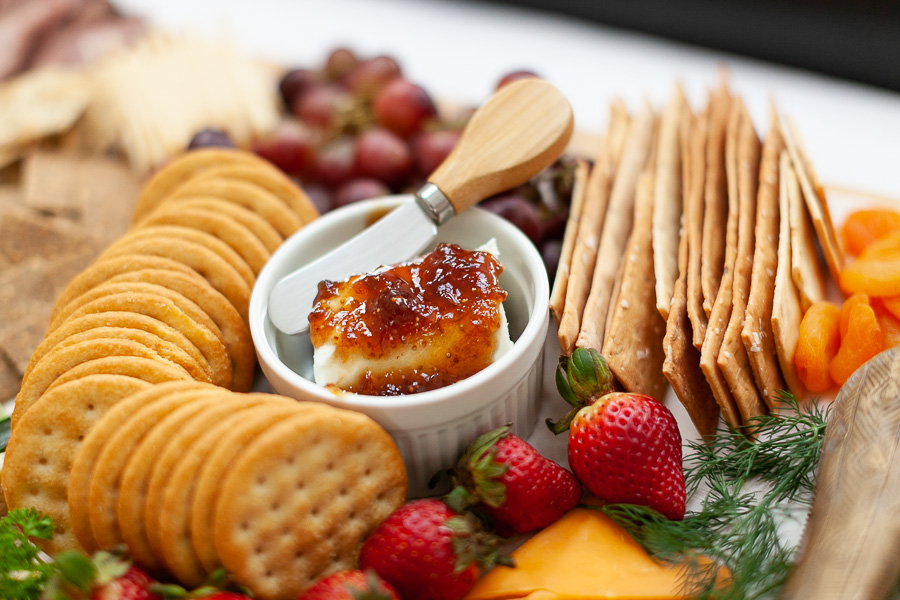
Goat cheese is often called by its French name of Chevre, which means goat. This cheese can come in many flavors and textures. One with a hint of saltiness is awesome with the sweetness of the jam.
5. Blue Cheese
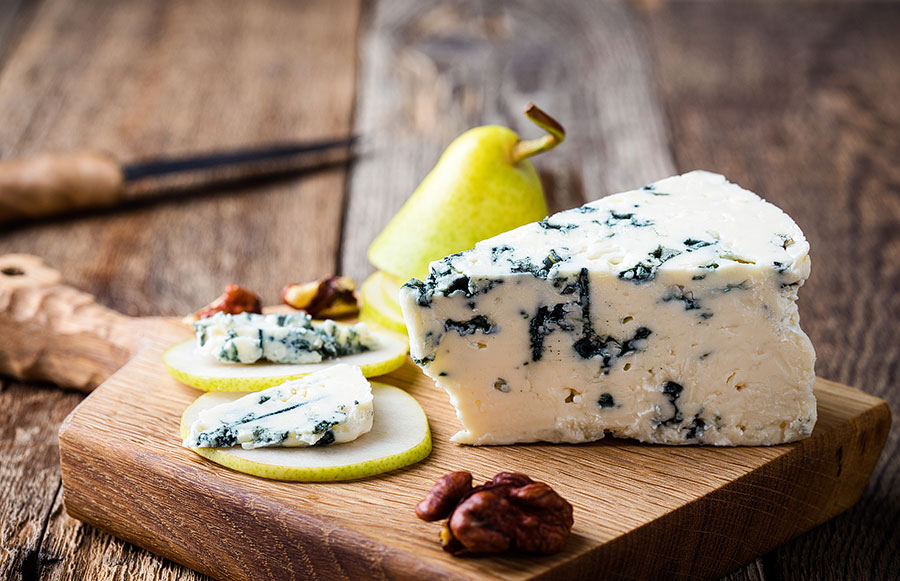
Blue cheese is a generic term used to describe a cheese produced with pasteurized mild from cows, goats, or sheep that has been ripened with cultures of the mold penicillium. It has a tendency to be salty and sharp with a pungent aroma. Fairly low in fat this cheese is high in calcium and is a good source of protein. Somehow, it just seems to work together with the jam.
6. Gruyere Cheese
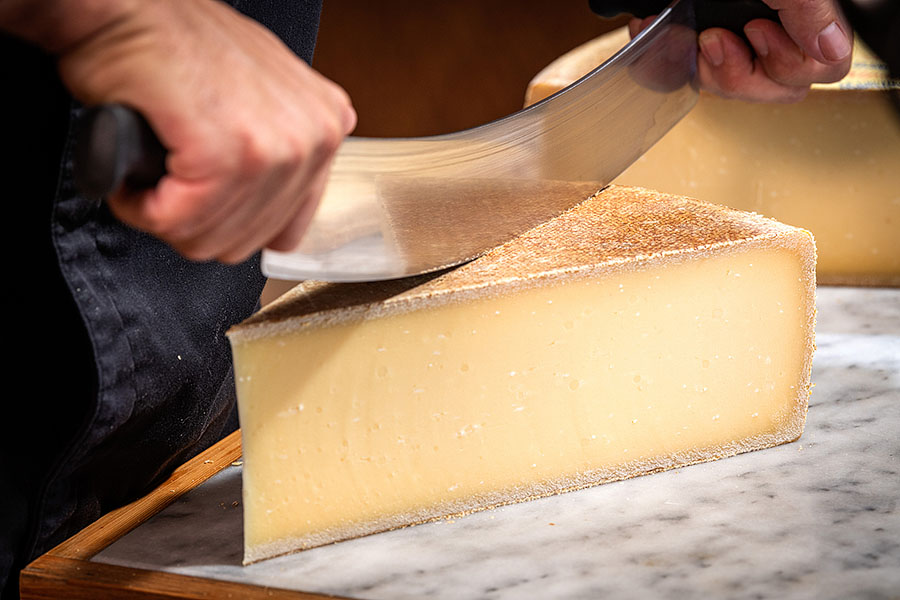
Gruyere is a smooth melting type of Swiss cheese made from cow’s whole milk. It is generally cured for at least six months. This firm cheese has a slightly nutty flavor that pairs well with the jam.
7. Gouda Cheese, Especially Aged Gouda
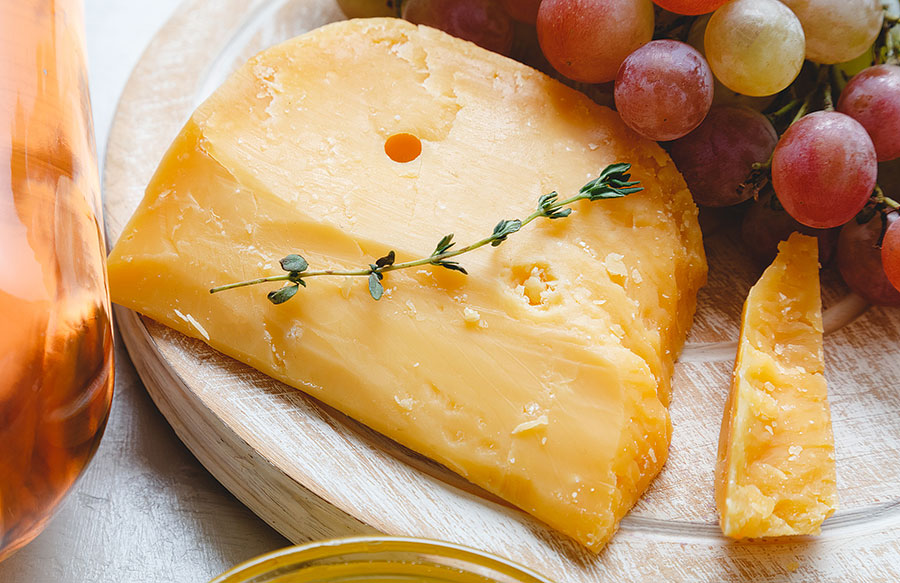
Typically made from cow’s milk this milder cheese is a great backdrop for the sweeter jam. Gouda originated in the Netherlands, it comes in different varieties with different flavor profiles. Young gouda is sweet, mild, and softer. As it ages it develops more caramel notes and nuttiness.
8. Havarti Cheese
Native to Denmark, Havarti cheese is a semi-hard cheese with subtle sweet and acidic notes. Made with milk from Danish cows, this cheese ages well. The undertones of hazelnuts works to balance the sweeter jam.
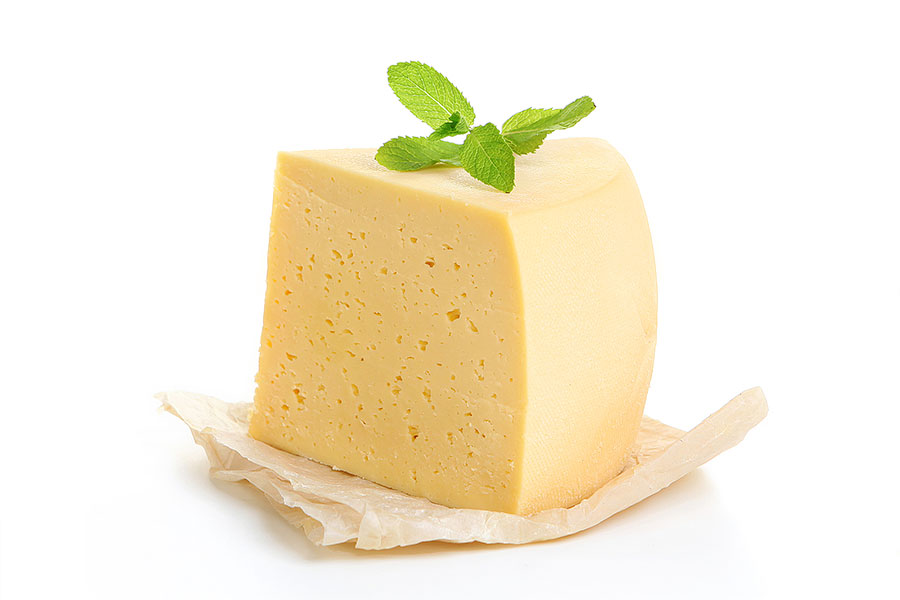
9. Stilton Cheese
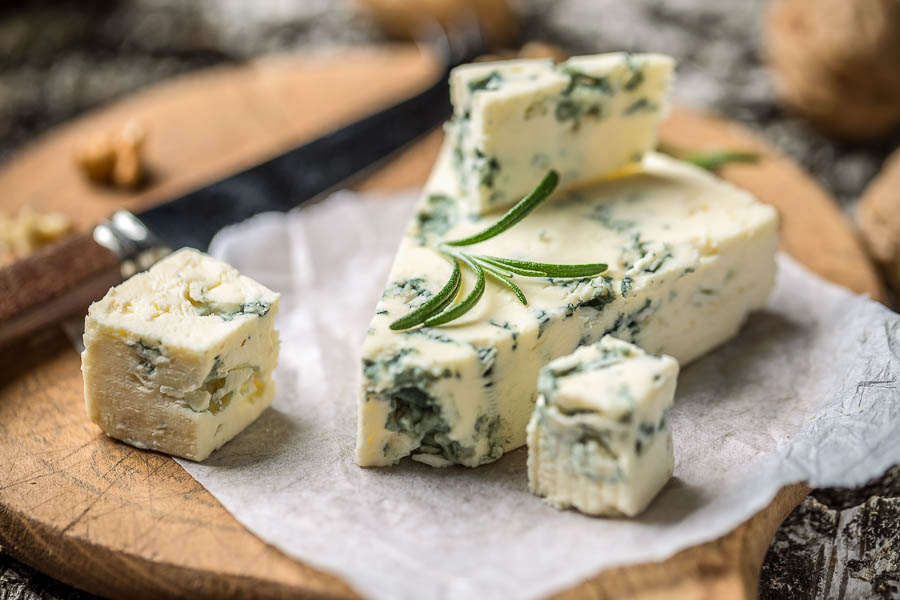
Only made in certain parts of England, Stilton is made from pasteurized cow’s milk. The process has remained the same as when it was first produced. The texture is crumbly and almost soft, compared to its bold taste. To be labeled Stilton this cheese can only be produced is three counties in England, where there is a strict code. Its yeastiness and saltiness is a good one for sweet jams.
10. Mimolette Cheese
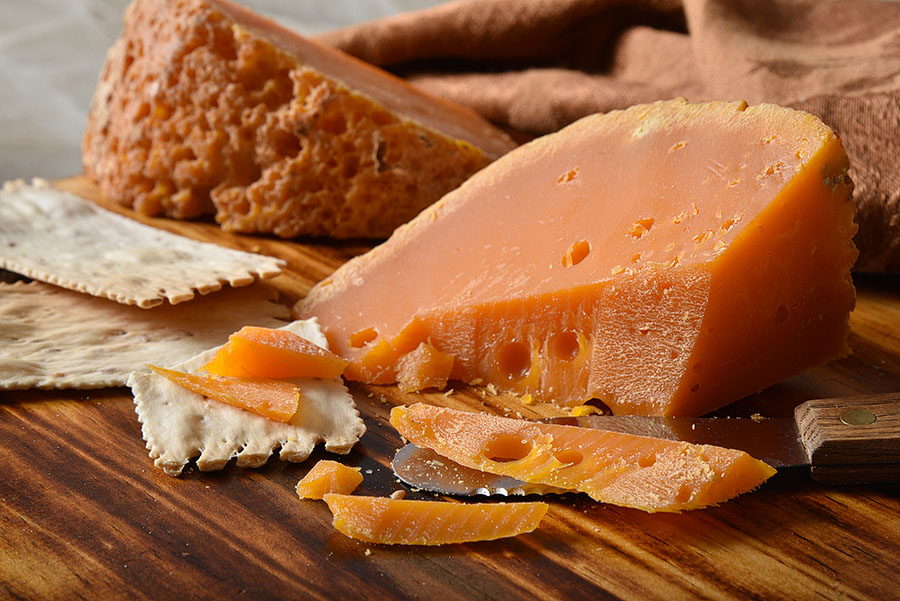
Mimolette is a hard cow’s mild cheese produced around the city of Lille in France. The almost electric orange colored cheese has a caramelized flavor with a smooth finish. This is matured for at least six months.
As you can see, it’s all about what balances each other and what compliments each other. Experiment to find your favorite fig jam and cheese combination.
Where Can I Get Fig Jam?
You can either buy it in many specialty food stores and several grocery stores. Or, you can make your own like we do.
How Long Does Fig Jam Last?
Once it is opened, you will want to keep it in the refrigerator. Like most jams and jellies, a jar will keep for about two to three weeks after being opened. The consistency will eventually break down or become too stiff to use. At this point the flavor is not as good as it once was.
If your fig jam looks okay after three weeks but you’re unsure you can always stir it to mix it up. Then taste a small bite to see if the flavor tastes like it should.
Can You Freeze Fig Jam?
Yes, you can. We suggest freezing for five to six months. This way your jam won’t lose its consistency or its flavor.
What Can You Use Fig Jam For?
If you have opened a jar of jam and only used part of it on your charcuterie board, you may have some left over. Since you don’t want it to spoil or become unusable, here are a few more ideas for you.
- Spread it on your morning toast
- Use it in a grilled cheese sandwich
- Serve it as an appetizer on a cracker with some brie
- Spread a small amount on leftover focaccia and top with a little goat cheese
- Add to balsamic vinegar to make a glaze for roast pork
- Use with some fresh orange juice to glaze chicken breasts
- Mix with olive oil and lemon juice to create a tasty salad dressing
Can I Make My Own?
This is an easy recipe to make on your own. You don’t have to worry about canning or long cooking times. We make a batch every time our trees produce lots of figs.
In addition we re-use our glass jars. These were originally from jam we bought at the store. They have been cleaned and sterilized for our own homemade fig spread.
If you don’t have a fig tree, you can purchase figs at the farmers’ market, a specialty grocery store, or even Costco. Figs are fairly easy to get.
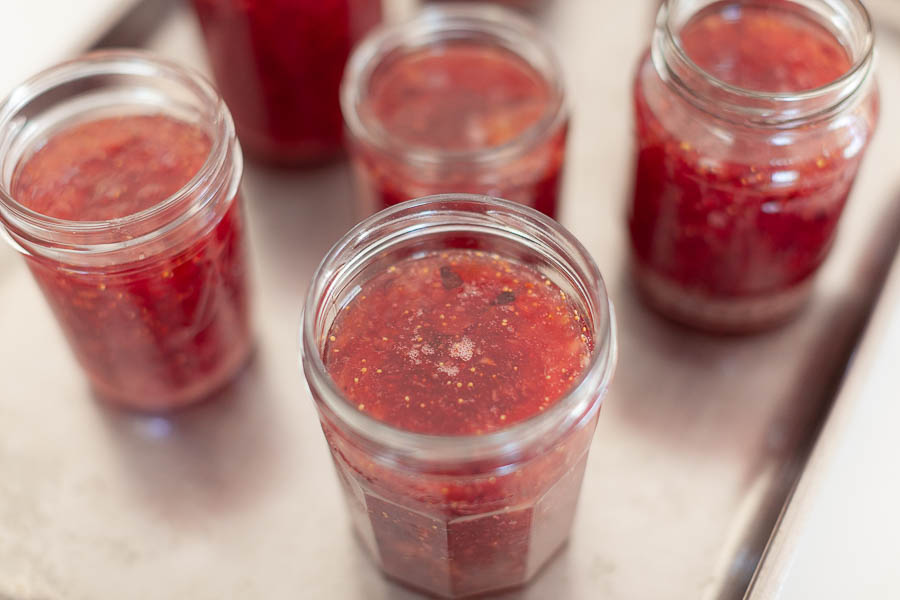
What Kind of Figs Should I Use?
Our fig trees are Black Mission Figs, so that is typically what we use the most of. However, we have made this using a variety of figs. The bottom line is…all figs make great jam!
Depending on the type of figs, your jam may look pinker one time, redder the next, and even slightly browner the next time. That’s because the flesh and the skin color varies greatly. Don’t worry. They all taste great.
Tips for Making Fig Jam?
- Read the recipe
- Make sure you have enough figs
- Get your jars ready
- Enjoy

